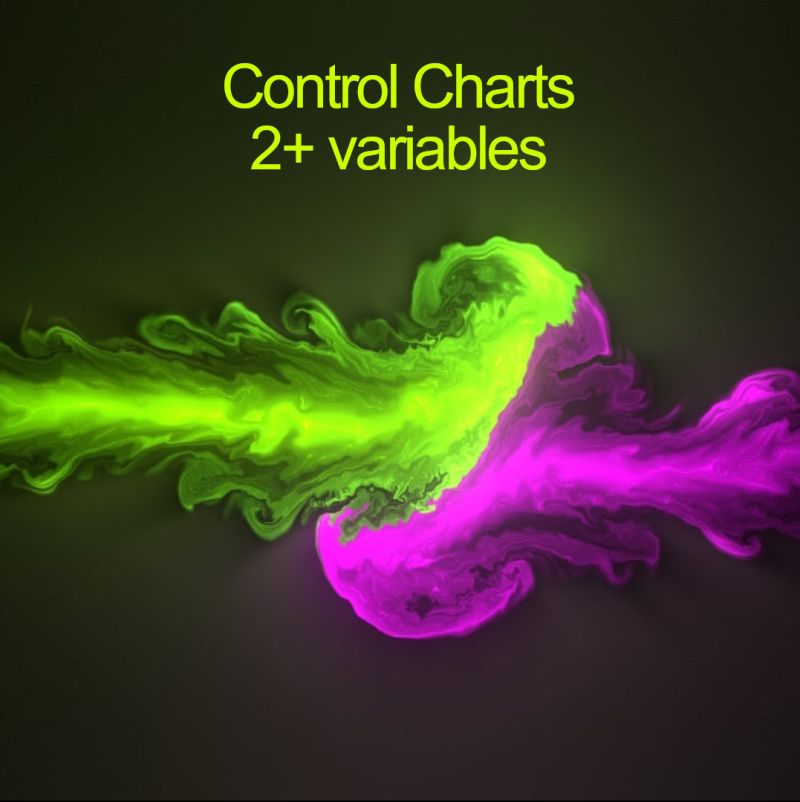

OEE is based on the 1870 version of quality. That is, it uses good vs bad, like the go/no-go gauges of old. Dr Shewhart showed a much better way to quality.
My previous post on OEE showed that OEE is a meaningless nonsense number. https://lnkd.in/gB6YYe3b The correct approach is to use The Operational Definition. This leads to Process Behavior Charts to monitor the variables.
Then you ask: “If we are supposed to use Process Behavior Charts, why not a single multivariable chart? Hotelling’s T**2 is very trendy. T**2 charts work for 2 or more variables.”
The first problem is that unlike Shewhart Charts, T**2 charts are very sensitive to normality. By contrast, both XmR and XbarR charts do NOT depend on a data model. They work well for ANY data distribution, without normalization or data manipulation.
While Process Behavior Charts look at each variable independently, T**2 charts look at the way the variables interact. They look for deviations in this interaction. For example, suppose we had a process where we were monitoring specific gravity and viscosity. We might expect viscosity to increase as specific gravity increased. A T**2 chart would indicate a point where this did not happen. For example, where specific gravity increased but viscosity decreased.
T**2 charts depend on a correlation to be present. The less the correlation, the less useful they are. In the case of OEE, there is no correlation at all. It is just a bunch of unrelated numbers tossed together. While a multivariable chart might seem appealing, it is of no use at all. Similarly, OEE itself is of no meaning or use.
Finally, Dr Wheeler advises: “Multivariable charts are way too complicated to let children play with them.” T**2 charts will quickly get you into deep water, out of your depth.
The message is KEEP IT SIMPLE.
 by Dr Tony Burns BE (Hon 1) PhD (Chem Eng)
by Dr Tony Burns BE (Hon 1) PhD (Chem Eng)